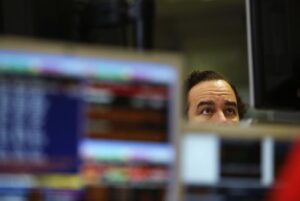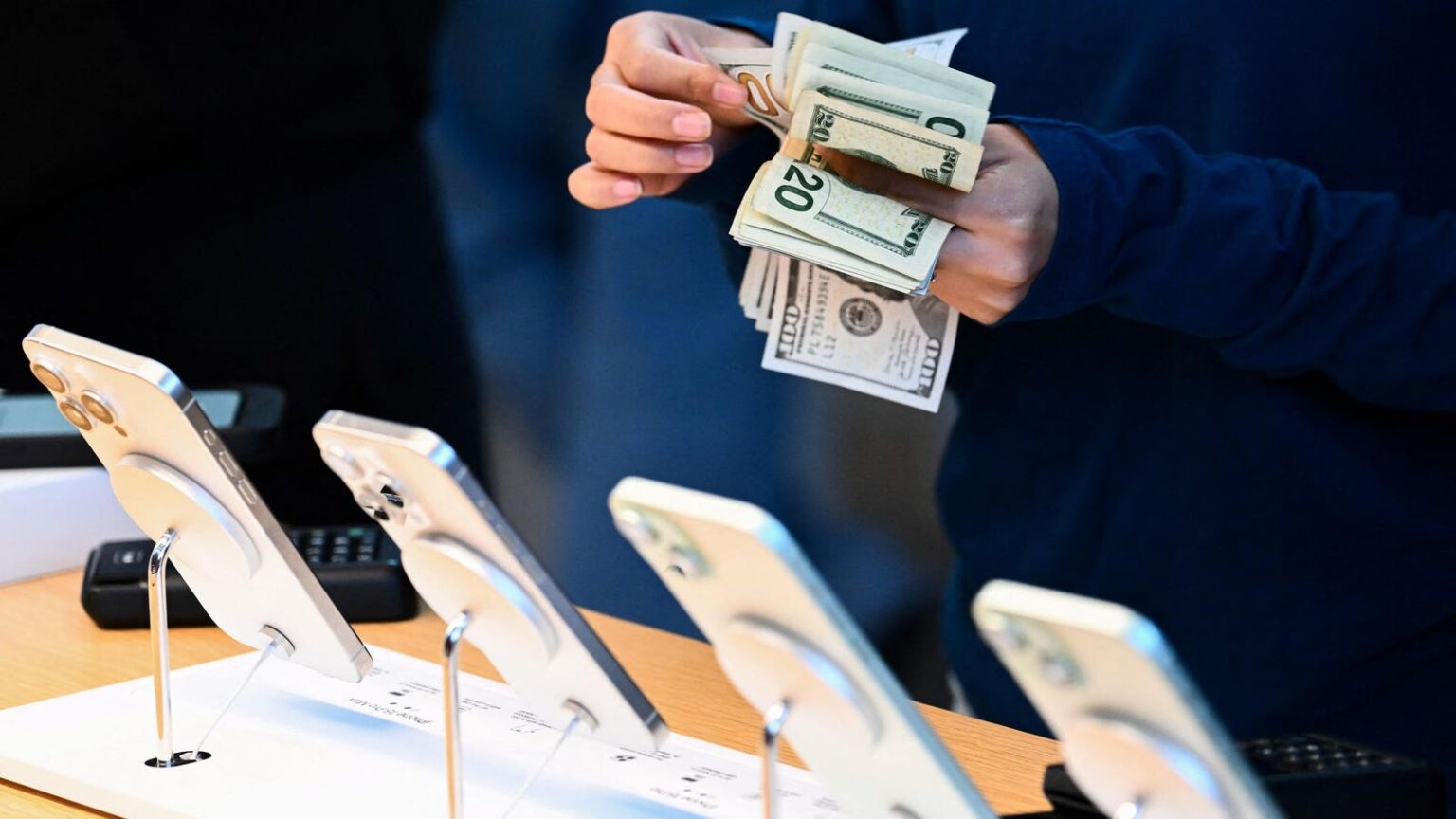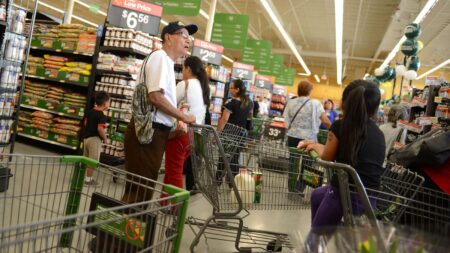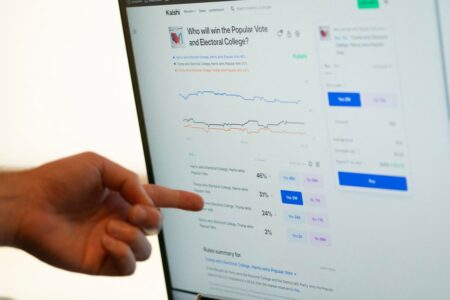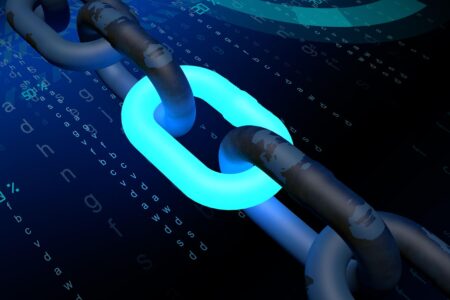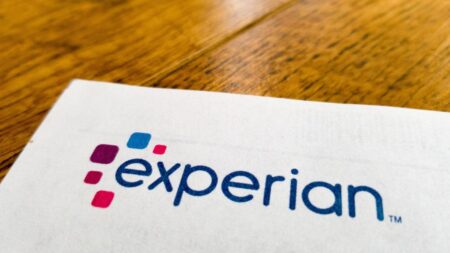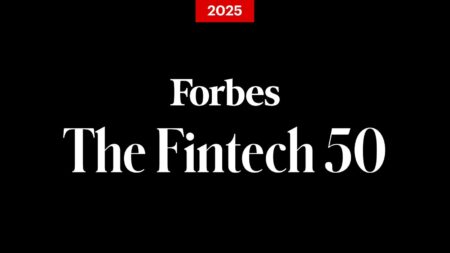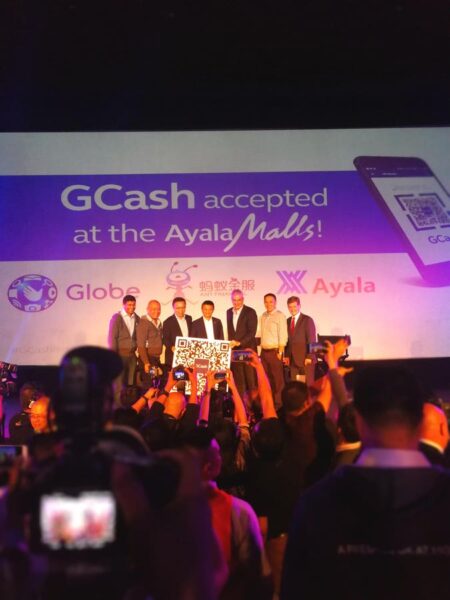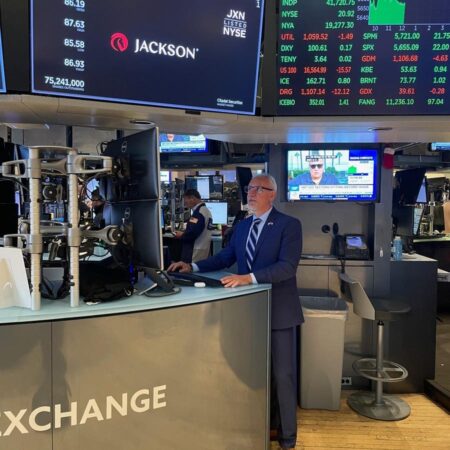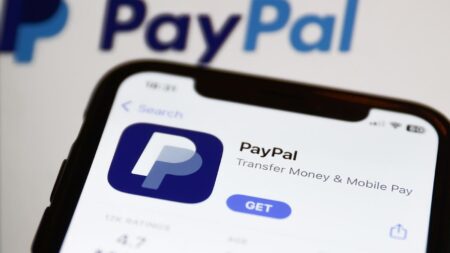I always look forward to the Federal Reserve Bank of Atlanta’s Survey of Consumer Payment Choice for a snapshot of the real world of American retail payments. I’ve just been reading the latest (June 2024) survey and was struck by the fact that three-quarters of US consumer have gone mobile with PayPal, Zelle, Venmo and Cash App in 2023 (a statistically significant increase over the last year) and that 70% of consumers made a mobile phone or tablet payment at least once in preceeding 12 months (also a statistically significant increase).
The survey aims to provide a comprehensive understanding of the payment behavior of US consumers. It analyses data from the ground up, bringing together the Survey of Consumer Payment Choice (SCPC) in which consumers report their adoption of payment instruments and the Diary of Consumer Payment Choice (DCPC) in which consumers record details of specific transactions (including dollar values) and their payment choices. Hence the findings deliver an invaluable picture of what is actually going on, free from fintech hype and crypto campaigning.
The survey reports that 99% of US consumers have a credit, debit or prepaid card. This means that only 1% of US consumers are cardless, whereas 4% of US consumer remain unbanked. Of the US consumers without a bank account, around a third “did not like dealing with banks”, around a quarter said they didn’t write enough checks to make it worthwhile (it’s the US remember) and a fifth cited reasons related to cost (either a minimum balance required or other charges). That4% figure hasn’t changed much in recent years but the figure that has changed the take-up of nonbank payments accounts, now used by almost three-quarters of consumers.
(I find that issue of the unbanked both fascinating and important. As I’ve said more than once, “unbanked” isn’t the problem and maybe banks aren’t the solution. Banks accounts are expensive and inflexible ways to acheive financial inclusion. The basic requirement for participation in the modern economy is not a bank account but a payment account: a way pay and get paid. There are many potential providers of such an account. Klarna, for example, has just announced launching an account-like product for deposits and cashback rewards in Europe and America.)
Usage
A surprising statistic, for a foreigner like me, comes in the use of payment instruments. When asked which payment instruments they had personally used in the previous month, US consumers responded as shown in the chart below.
So while account-to-account payments have overtaken checks, still almost half of all American consumers wrote a check, whereas I couldn’t tell you the last time I wrote a check and while I have general idea where a checkbook might be in the house, I haven’t see it for years.
(When I opened a business bank account a few years back, I was presented with a thick book of checks that I have never touched to this day!)
I really want to understand why it is that checks are still so heavily used. To me, using online bill payment seems so much eaiser than writing out a check, addressing an envelope and mailing it. I remember reading soemthing a few years ago about the float, but the figures don’t seem to support that because the float is so little. Someone else told me it was because of people writing post-dated checks as a convenience, but surely that is a niche. As far as I can tell, the answer is largely demographic. While just over half of all Americans wrote a check last year, those aged 55-64 were the most likely to write a check every month while almost half of those in the 18-24 wrote not checks at all.
Show Me The Money
But the extensive use of checks was not the most surprising statistic in the survey as far as I am concerned. That was the statisic about cash. In the 2019 survey, the average amount of cash a U.S. consumer held in his or her pocket, purse, or wallet was $60 (the median was $24). That rose substantially in 2020, presumably because of the pandemic, reaching $76, and the climbed again to $81 in 2023. Almost four-fifths of consumers carried at least $1 at the beginning of at least one of their diary days. I am carrying no cash today and won’t tomorrow either. Nor will I carry any when I travel into London next week.
Americans are heading in the same direction. According to Marqeta’s 2024 State of Payments Report, nearly three-quarters of U.S. consumers aren’t concerned about moving towards a cashless society. In fact, more than a quarter of respondents said it feels awkward to pay with cash, with nearly half of those ages 18 to 34 expressing this sentiment.
In most developed countries, the use of cash in shops continues to fall while the amount of cash “in circulation” continues to rise. The US already prints more $100 bills than $1 bills and I cannot resist speculating on what this cash “in circulation” is being used for. Is it actually in circulation at all, as grease in the cogs of less formal sectors of the economy, or is it not in circulation at all and stuffed under the mattresses of drug dealers and corrupt politicians?
Read the full article here




